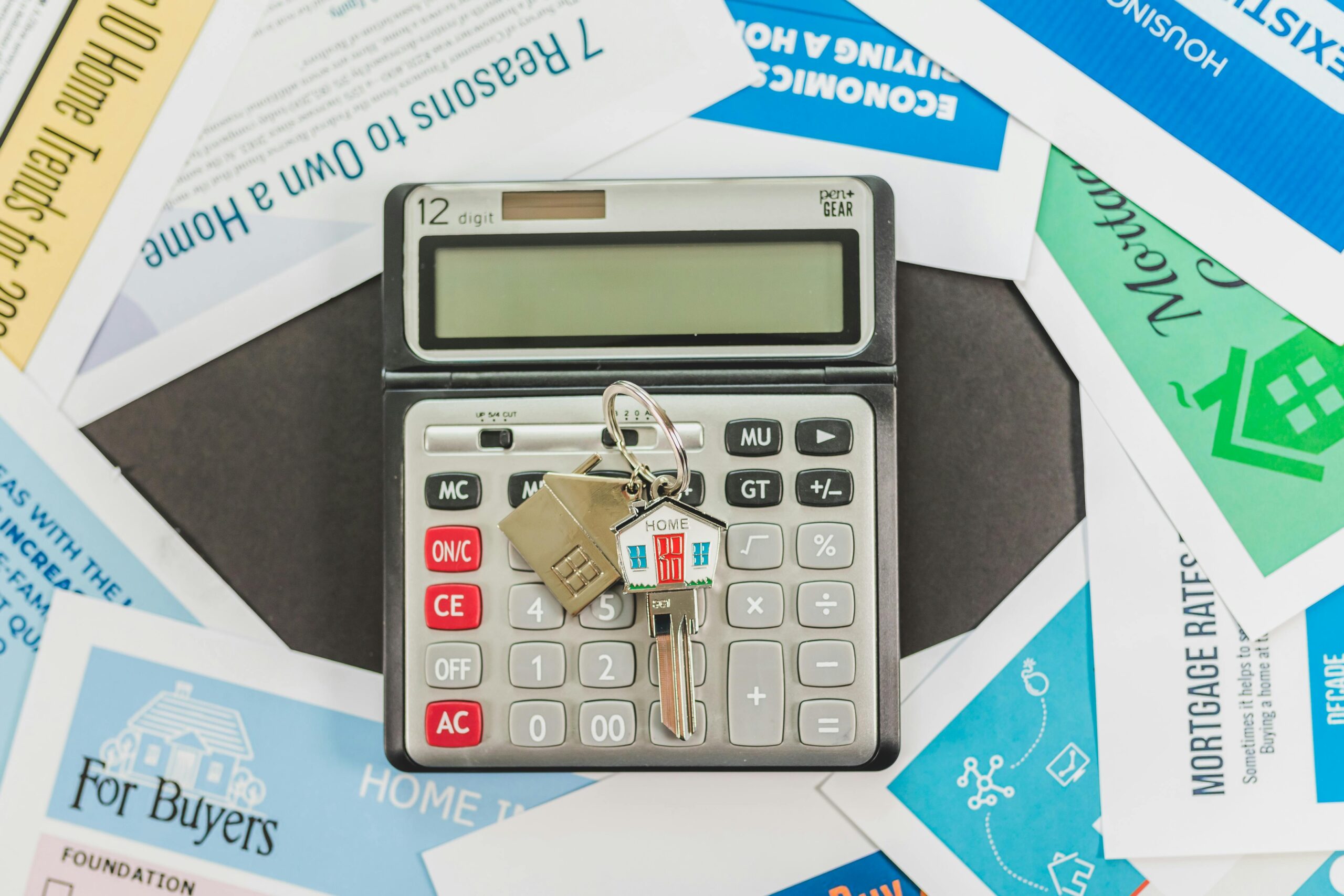
In today’s real estate market, buying a home can feel like climbing a mountain. With home prices remaining elevated and interest rates still higher than the ultra-low levels of a few years ago, many buyers in 2025 are searching for ways to make homeownership more accessible. The good news? Traditional 30-year fixed-rate mortgages aren’t your only option.
In this article, we’ll explore creative financing strategies that can help you get into a home even if your budget is tight, your credit isn’t perfect, or you’re looking to buy in a competitive market.
Why Creative Financing Is Gaining Popularity
With affordability challenges in 2025—including high interest rates, stricter lending standards, and limited housing inventory—many buyers are looking outside the box. Creative financing opens up opportunities that traditional financing might not, especially for first-time buyers, self-employed individuals, or those rebuilding credit.
Whether you’re trying to get your foot in the door or seeking a smarter way to invest, creative financing may be the bridge between where you are and where you want to be.
1. Seller Financing (Owner Financing)
In a seller-financed deal, the seller acts as the lender. Instead of going through a bank, you agree to pay the seller directly, usually with a down payment and agreed-upon monthly installments. These deals can be especially attractive if you have credit issues or want to avoid traditional loan underwriting.
Pros:
-
Easier qualification than a traditional mortgage
-
Flexible terms (interest rate, length, and down payment)
-
Faster closing process
Cons:
-
Higher interest rates in some cases
-
Sellers must own the home outright or have a minimal mortgage balance
-
You’ll still need a legal contract (preferably drafted with legal help)
Tip: Always work with a real estate attorney to ensure your interests are protected.
2. Assumable Mortgages
An assumable mortgage allows a buyer to take over (or “assume”) the seller’s existing mortgage—usually with its lower interest rate intact. This can be a huge win in 2025 if the seller locked in a low rate years ago.
Example:
If a seller has a 3.25% mortgage and you assume it, you effectively bypass current rates (which may be 6% or more), reducing your monthly payment.
Pros:
-
Lower interest rate
-
Lower closing costs in some cases
-
Easier qualification if FHA, VA, or USDA loan
Cons:
-
You’ll likely need to cover the difference between the seller’s mortgage balance and the home’s sale price (often in cash or with a second loan)
-
Not all mortgages are assumable (conventional loans typically are not)
Tip: VA and FHA loans are the most commonly assumable—just ensure you qualify and go through the required process.
3. Lease-to-Own (Rent-to-Own)
This strategy lets you rent a home with the option (or obligation) to purchase it later—usually within 1 to 3 years. A portion of your rent may go toward the future down payment or purchase price.
Pros:
-
Time to build credit or save for a down payment
-
Lock in a purchase price upfront (can be helpful in rising markets)
-
Live in the home before committing fully
Cons:
-
You might pay above-market rent
-
If you don’t buy, you could lose the option fee and rent credits
-
Not all agreements are favorable—review terms carefully
Tip: Only sign a lease-to-own agreement after having it reviewed by a real estate attorney or experienced agent.
4. Shared Equity Agreements
In a shared equity agreement, an investor (sometimes a friend, relative, or investment firm) helps fund your down payment or purchase in exchange for a share of your home’s future appreciation.
This model is becoming more common with startups and prop-tech firms offering equity-sharing products.
Pros:
-
Reduced financial burden upfront
-
No monthly repayment ris equired (unlike a loan)
-
Can improve your buying power
Cons:
-
You’ll share future profits with your equity partner
-
Complicated agreements that require legal review
-
Limited availability depending on your location
Tip: This option can work well if you’re confident your home’s value will rise—but always understand what you’re giving up in future equity.
5. Down Payment Assistance Programs (DPAs)
While not new, these programs have expanded in 2025. Many states, cities, and nonprofit groups offer grants or loans to help with down payments, especially for first-time or low-to-moderate income buyers.
Types of assistance:
-
Grants: Free money that doesn’t need to be repaid
-
Deferred loans: Payable only when you sell, refinance, or pay off your mortgage
-
Forgivable loans: Loans that are forgiven if you live in the home for a certain period
Pros:
-
Reduces upfront cash needed
-
Can be combined with other financing options
-
Encourages homeownership in underserved communities
Cons:
-
May require additional paperwork or delays
-
Some programs restrict eligible property types or locations
-
Income and credit limits may apply
Tip: Check with your state’s housing finance agency or HUD-approved counselor to see what’s available near you.
6. Piggyback Loans (80-10-10 Loans)
A piggyback loan splits your financing into two mortgages: a traditional first mortgage (usually 80%), a second loan (typically 10%), and a 10% down payment from you. This allows you to avoid private mortgage insurance (PMI) and get better terms.
Pros:
-
Avoid PMI
-
Access larger loans without high down payments
-
Flexible structures
Cons:
-
More complex underwriting
-
Higher interest rate on the second loan
-
Not available through all lenders
Tip: This strategy works best for buyers with strong credit who want to maximize their purchasing power while keeping monthly costs manageable.
7. Community Land Trusts (CLTs)
Community Land Trusts separate ownership of the home from the land beneath it. You buy the home, but the CLT retains ownership of the land and leases it to you at an affordable rate.
CLTs are designed to promote long-term housing affordability and prevent displacement.
Pros:
-
Lower purchase price
-
Stable monthly housing costs
-
Support from local nonprofit organizations
Cons:
-
Limited resale profit (home value appreciation is capped)
-
Not widely available in all areas
-
Requires community commitment
Tip: If affordability is your top priority and you’re buying in a high-cost area, CLTs can be a powerful tool.
Final Thoughts: Be Bold, But Be Smart

Creative financing in 2025 isn’t just about being clever—it’s about being strategic. The right financing method can open doors to homeownership that traditional options can’t. But every alternative also comes with risks, trade-offs, and fine print.
Here’s how to approach it wisely:
-
Do your research: Understand the full terms, including risks and repayment schedules.
-
Work with experts: A good real estate agent, lender, or housing counselor can help you evaluate all options.
-
Think long-term: Don’t just focus on getting in the door—make sure you can stay in the home comfortably over time.
In a market full of challenges, creative thinking isn’t just helpful—it’s essential. With the right strategy, your path to homeownership in 2025 might be just around the corner.





